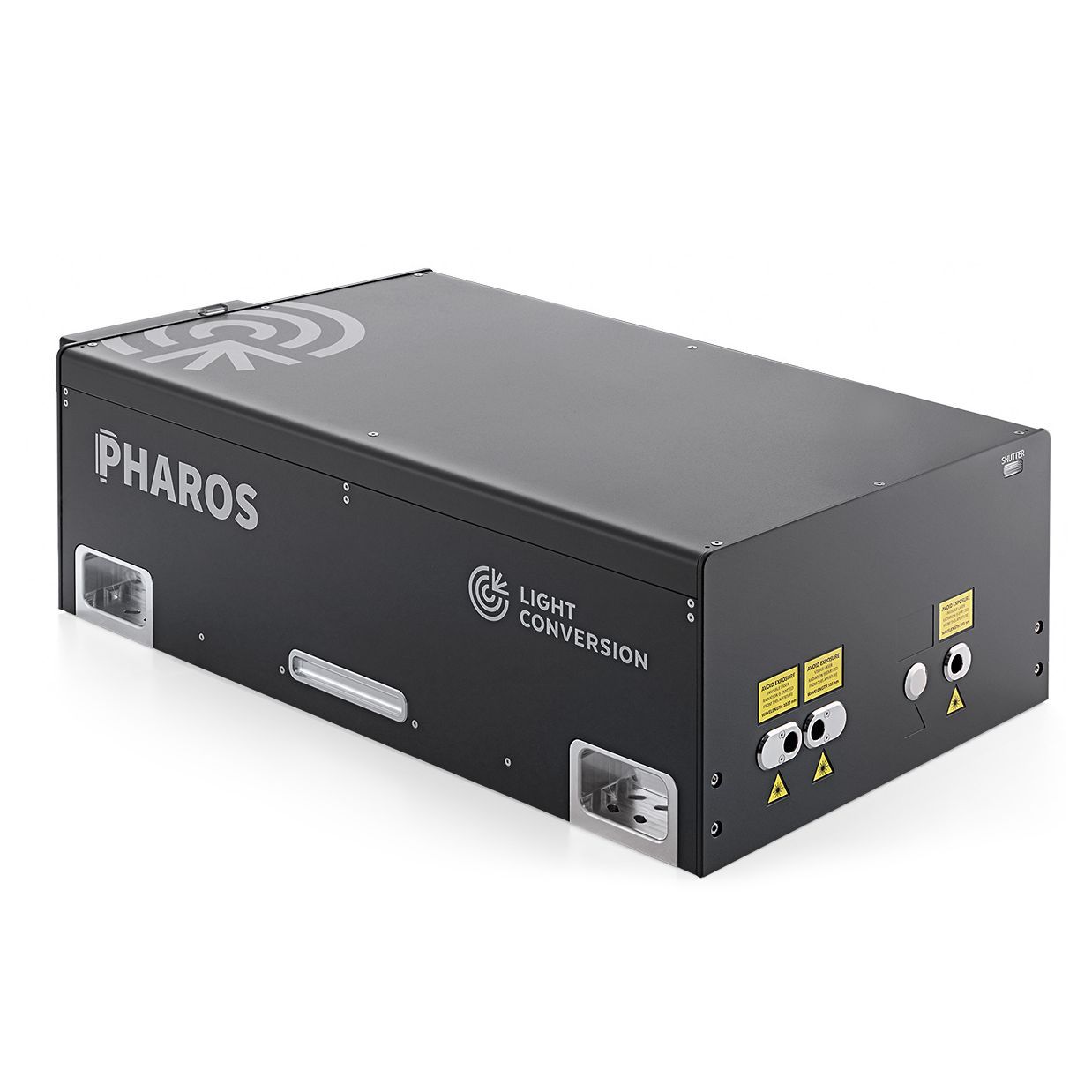Light Conversion
Light Conversion
Light Conversion is a company specializing in the development and production of femtosecond optical parametric amplifiers and Yb-based femtosecond laser sources.
The company offers unique solutions for modern industrial, scientific and medical applications. The reliability of femtosecond lasers is confirmed by hundreds of systems operating 24/7 for more than a decade in the industrial market. Light Conversion's product range includes femtosecond lasers and optical parametric amplifiers, as well as solutions for spectroscopy and microscopy.
We provide technical support and commissioning directly at the site where the equipment will be used. Our team of professionals is always ready to help you choose the scientific equipment that best suits your needs.
The company offers unique solutions for modern industrial, scientific and medical applications. The reliability of femtosecond lasers is confirmed by hundreds of systems operating 24/7 for more than a decade in the industrial market. Light Conversion's product range includes femtosecond lasers and optical parametric amplifiers, as well as solutions for spectroscopy and microscopy.
We provide technical support and commissioning directly at the site where the equipment will be used. Our team of professionals is always ready to help you choose the scientific equipment that best suits your needs.
Femtosecond lasers
world renowned for PHAROS, CCARBIDE and FLINT lasers
Harmonic generators
unique PHAROS, CARBIDE, FINT lasers equipped with high-efficiency harmonic generation modules
Wavelength-tunable radiation sources based on Yb
optical parametric amplifiers for Yb lasers allow for high repetition rate operation while retaining all the best properties
Wavelength-tunable Ti:Sapphire-based radiation sources
optical parametric amplifiers for Yb lasers allow for high repetition rate operation while retaining all the best properties
Systems of optical parametric amplification of chirped pulses
The only laser technology available today that delivers high peak and average power simultaneously
Ultrafast spectroscopy systems
A new transition grating spectroscopy system for measuring the diffusion coefficient and carrier lifetime
Laser sources for nonlinear microscopy
Covers the fields of functional neuroimaging, optogenetics and deep imaging using three- and two-photon with high repetition rates
Always available in stock
Wide range of nonlinear crystals for OPO/OPA in the IR range
To familiarize yourself with the full range of products, please contact us or ask a question through the form
To familiarize yourself with the full range of products, please contact us or ask a question through the form
Contact us
Leave your contact info and our manager will contact you
Always available in stock
Wide range of nonlinear crystals for OPO/OPA in the IR range

To familiarize yourself with the full range of products, please contact us or ask a question through the form





























